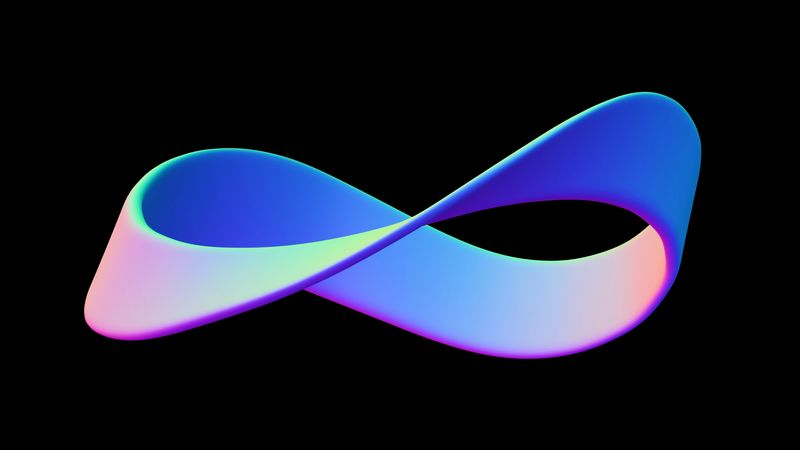Möbius strips are fun geometrical shapes that only have one side. Take a strip of paper – it’s got a front and a back. Now twist it and glue the two short edges together. Suddenly there is no front or back. You could draw a line across its whole surface without having to lift the pencil from the paper. Forty-six years ago mathematicians suggested the minimum size for such a strip but they couldn’t prove it. Now, someone finally has.
Since the creation of the strip by August Ferdinand Möbius and Johann Benedict Listing, its simplicity in making and visualizing it had to be balanced with the mathematical complexity of such a shape. It is not surprising that in 1977, Charles Sidney Weaver and Benjamin Rigler Halpern created the Halpern-Weaver Conjecture, which stated the minimal ratio between the width of the strip and its length. They suggested that for a strip with a width of 1 centimeter (0.39 inches), the length had to be at least the square root of 3 centimeters (about 1.73 centimeters or 0.68 inches).
For smooth Möbius strips that are “embedded”, meaning they don’t intersect with each other, the conjecture had no solution. If the strip can go through itself, it is a much easier problem to solve, Brown University’s mathematician Richard Evan Schwartz proposed in 2020 – but he had made a mistake. In a paper posted as a preprint – meaning it is yet to be subjected to peer review – Schwartz corrected the error and found the right solution for the conjecture.
The solution comes from a lemma in his previous paper. A crucial concept is that on the surface of the Möbius strips exist straight lines going through every point and ending at the boundaries. To prove the first part of the lemma, he needed to prove that there were perpendicular lines to those straight lines existing in the same plane. And he did.
“It is not at all obvious that these things exist,” Schwartz said to Scientific American.
The next step was to slice up the Möbius strips and understand what kind of shapes they were forming. The idea was to simplify the problem by flattening the strip onto a plane. In the original paper, Schwartz thought that a sliced strip would look like a parallelogram, but it turned out to be a different quadrilateral – a trapezoid.
“The corrected calculation gave me the number that was the conjecture,” he said. “I was gobsmacked... I spent, like, the next three days hardly sleeping, just writing this thing up.”
The preprint has been posted to ArXiv.
[H/T: Scientific American]




